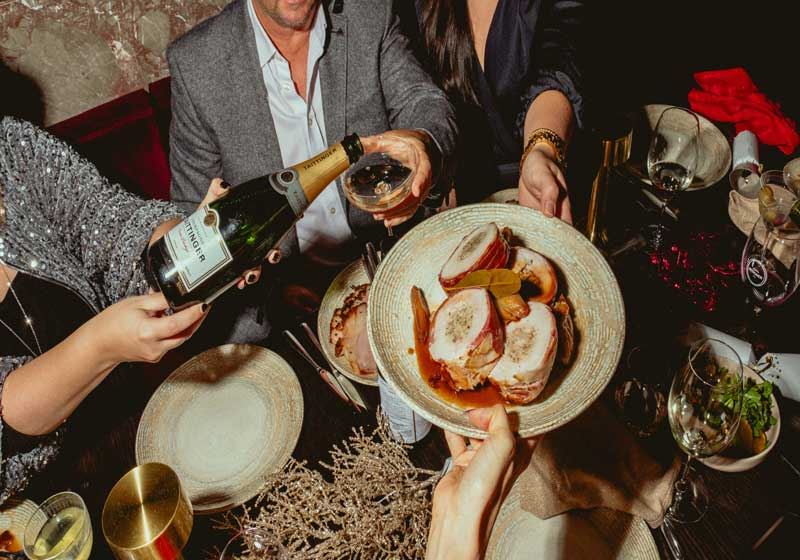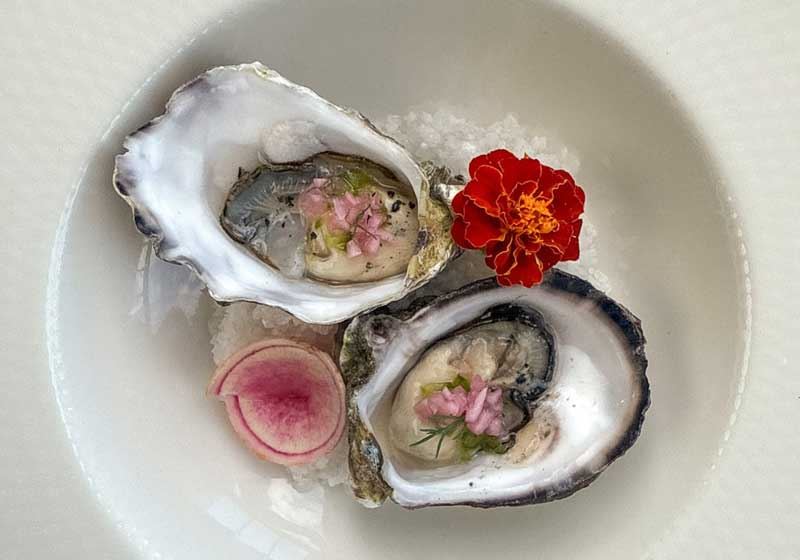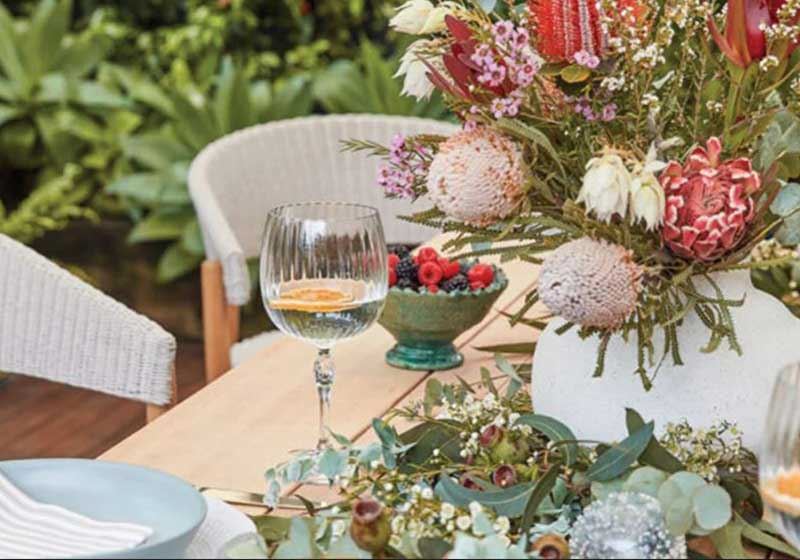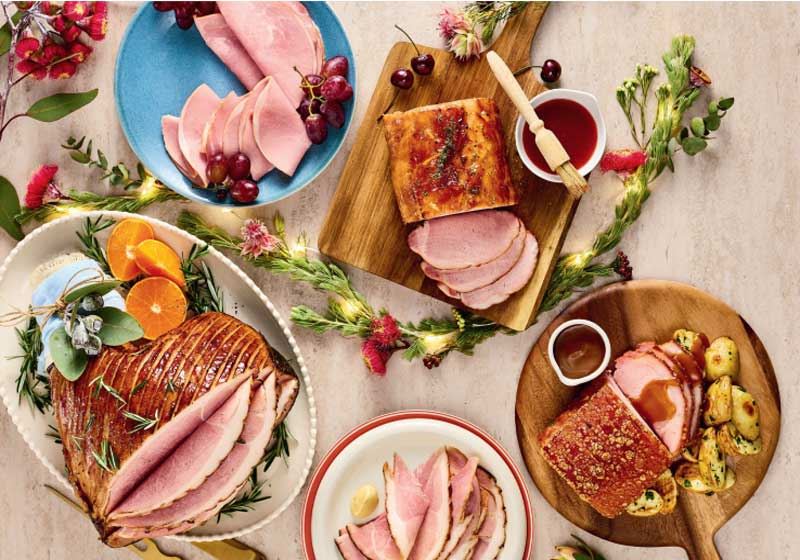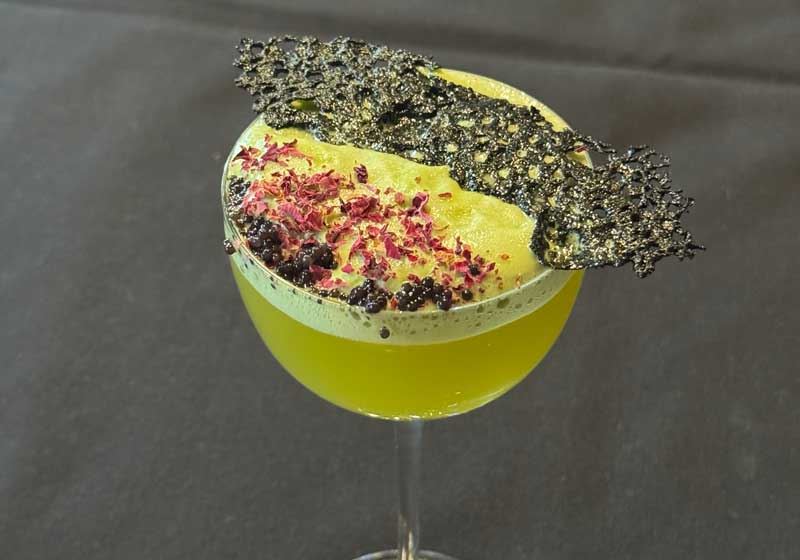By Leigh O’Connor.
Australian regional dining is more than a meal - it’s a sensory journey through sunburnt landscapes, coastal breezes, rolling vineyards and red dirt roads.
It is where cuisine speaks with the voice of the land, echoing the stories of farmers, winemakers, producers and Chefs who draw inspiration from the rhythms of nature and the heritage of their surroundings.

At the heart of regional dining lies a deep connection to provenance. Whether it’s oysters freshly shucked by the water’s edge in Tasmania, lamb raised on lush pastures in the Central Tablelands, or mangoes plucked from tropical trees in Far North Queensland, regional Australia thrives on food that is fresh, seasonal and unmistakably local.
Ingredients aren’t just chosen - they’re celebrated. Menus shift with the seasons, paying homage to what the soil and sea offer at their peak and creating a true paddock-to-plate experience.
Australian regional dining is also defined by its sense of place. You might find yourself seated in a rustic farmhouse-turned-restaurant overlooking rolling hills, or at a coastal café where sea spray dances through the open windows.
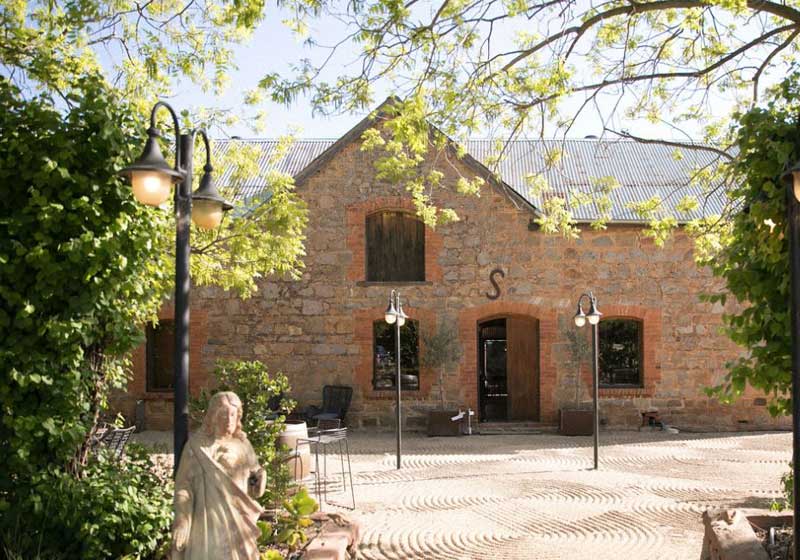
The environment becomes part of the experience - roaring fireplaces in alpine towns, vineyard views in the Barossa, wide desert skies in the Northern Territory, or leafy courtyards in the Hinterland. These spaces invite you to slow down, connect and savour both food and setting.
The people behind regional dining are as integral as the produce. Passionate Chefs and restaurateurs often migrate from the cities in search of more meaningful ways to cook and live, while others are locals returning to their roots.
Many work closely with neighbouring growers, hunters, fishermen and foragers to craft menus that are as sustainable as they are inspiring. Collaboration and community underpin the culture, with producers often name-checked on menus - an honouring of the hands that help bring each dish to life.
There is also an exciting, evolving culinary creativity in regional Australia. Freed from the constraints of city trends, Chefs in country kitchens often blend tradition with innovation, creating dishes that are both grounded and imaginative.

From native ingredients like wattleseed, finger lime and lemon myrtle, to age-old fermentation techniques and fire-based cooking, there’s a revival of ancient knowledge and a deep respect for Indigenous foodways. This fusion of the old and the new makes regional cuisine distinctly Australian and distinctly dynamic.
Wine and regional dining are often inseparable. Many of the nation’s most acclaimed wineries are nestled in countryside estates and rural towns, where cellar doors spill into vineyard restaurants offering finely paired food and wine experiences.
Whether it’s a long lunch in Margaret River, a tasting menu in Orange, or a breezy afternoon in the Hunter Valley, the marriage of wine and food enhances every bite and every sip.
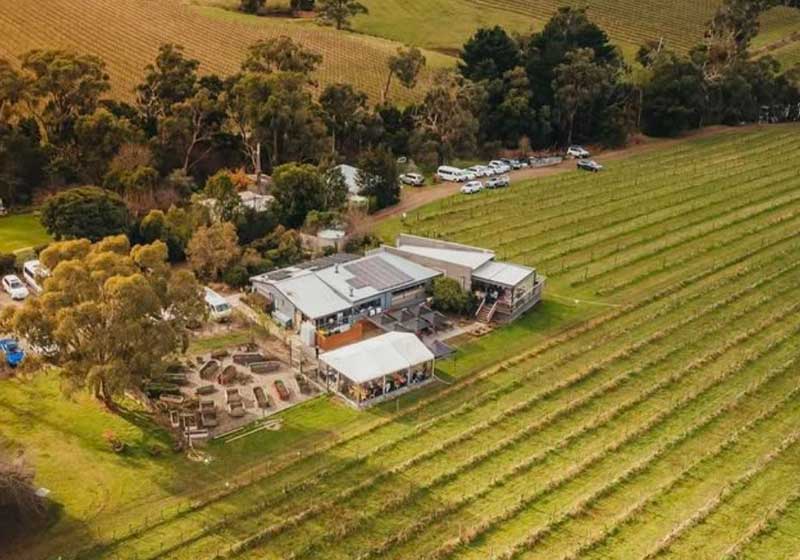
Ultimately, what defines Australian regional dining is its authenticity. It’s honest food that tells a story - of climate and culture, resilience and reinvention, heritage and hospitality. It invites diners to go beyond the plate and into the heart of the community, to experience a sense of place through flavour and to feel nourished not just by what they eat, but by where they are.
In every region, there’s a different tale being told, a different landscape being honoured and a different flavour being celebrated. In this diversity, regional Australia has created one of the richest, most rewarding dining landscapes in the world.


